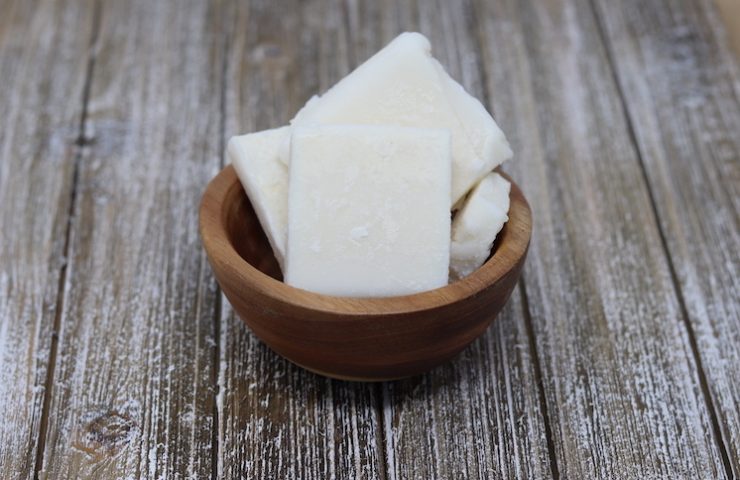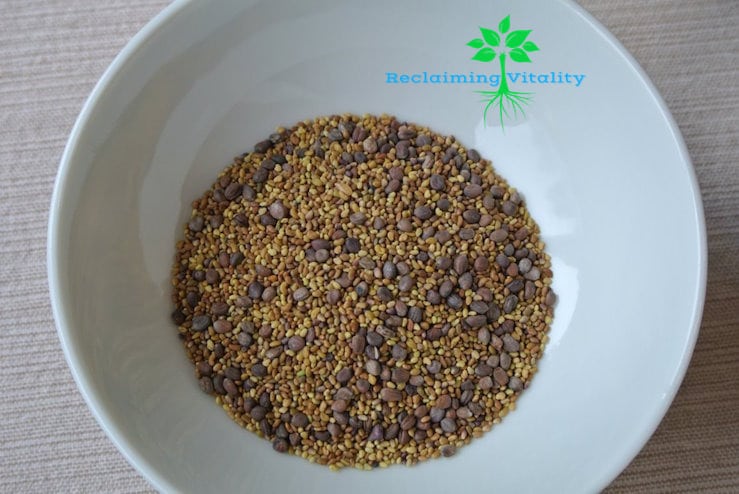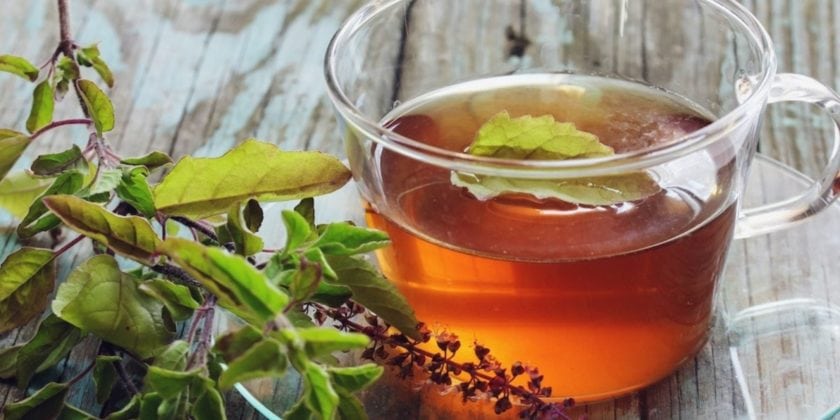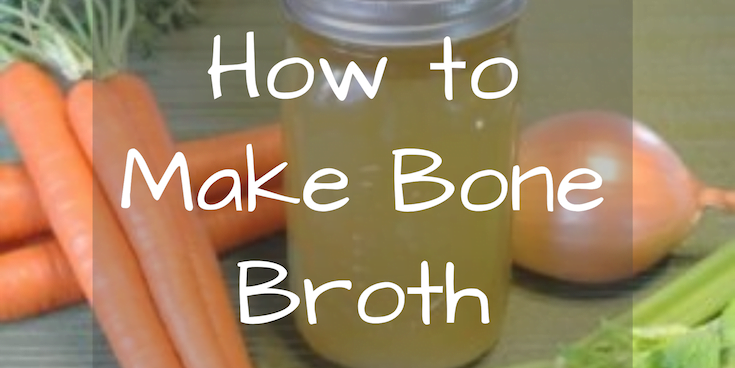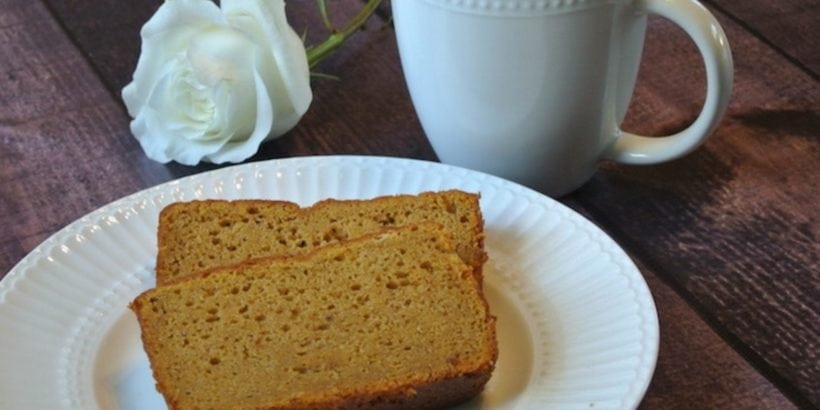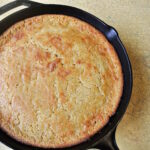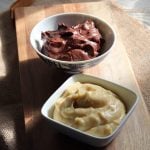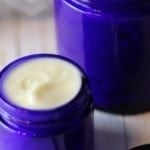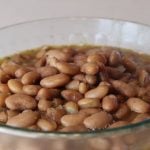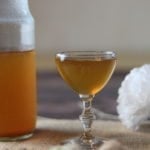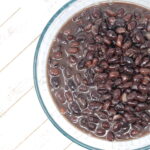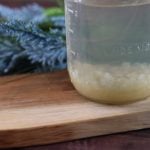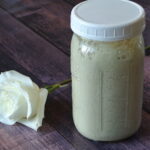What is lard, exactly?
Before that, maybe I need to remind you what lard it. Lard is the fat of pigs. After harvest, it is rendered for cooking. My favorite type is leaf lard which is the highest grade and the most coveted for baking. Once rendered, lard is a creamy white fat that imparts a flakiness to pies and biscuits. It is composed of mono-unsaturated fats and saturated fats. (See my post on how to render lard if you would like to do it at home.)But I thought saturated fats were bad…
If you need a reminder, saturated fats are those found in foods like coconut oil and butter. They were demonized in the past, and heart disease was blamed on them. (The vegetable oils are the real culprits when it comes to heart disease, fyi.) You have probably heard by now that saturated fats are not only NOT bad for you, they are GOOD for you! Your body needs saturated fats to compose your cell membranes. Very important! If this is the first that you have ever heard of this you would like to understand how the myth that saturated fats cause heart disease came into being, I highly recommend the book The Big Fat Surprise by Nina Teicholz. I thought it was a page turner, but I am admittedly a nutrition nerd, so take that recommendation with a grain of unrefined sea salt, please. Be forewarned, it may make you mad. I was quite angry while reading it!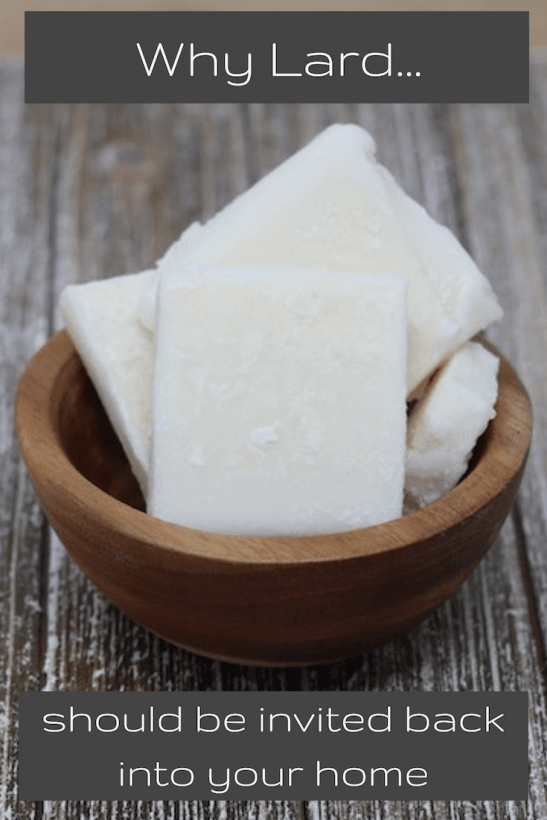
A Note on Quality:
- has a good balance of Omega 3s to omega 6s. It also contains more omega 3s than lard from conventionally raised pigs and fewer Omega 6s. This balance is important for stemming inflammation.
- contains monounsaturated fat like that found in olive oil and avocados. (Specifically, Oleic Acid.)
- has a high smoke point so it is great for high temperature cooking. French fries used to be fried in lard and/or tallow until saturated fats were falsely accused of causing heart disease.
- is odorless and tasteless making a great backdrop for baking. Try this recipe for Lovely Lard Double Pie Crust from They’re Not Our Goats, or this recipe for Old-Fashioned Lard Biscuits from Baker Bettie. This recipe for Tigernut Flour Chocolate Chip Cookies from Naturally Free Life uses lard and contains resistant starch for a nutritious (yet delicious) version of a cookie. Pixie’s Pocket has a recipe for Bacon Fat Gingersnaps that sounds absolutely delightful!
- contains a significant amount of vitamin D. One tablespoon contains 10,000 IUs of this important fat soluble vitamin in its bioavailable form. (This just means in a form that your body can readily use.)
- is amazing for your skin. It can be found in homemade soaps and lotions. Try this recipe for Lard Soap from Frugal and Thriving if you want to try making your own. Or, if you would rather buy it, there are all sorts of handmade versions on Etsy. If you’re looking for more DIY skincare recipes, try this Honey and and Lard Cream from Whole Fed Homestead.
- is economical. When compared pound to pound to other healthy fats, pastured lard is very affordable. I buy it from my local co-op and then render it myself in my Instant Pot, but you can also purchase it online. Fatworks has a great product, but there are others as well. I generally buy leaf lard, but regular pastured lard is even cheaper. If you can find a local farmer near you that raises pastured pigs, this will generally be the most affordable option and have the smallest carbon footprint.
- contains the antioxidant fat-soluble vitamin E as well as the harder to get selenium which is crucial for thyroid function
Keep in touch!
We love pinning on Pinterest!
However, our favorite way to keep in touch is through email! Subscribe and never miss a post. Plus, get access to the Holistic Health Resource Library. There you can download ebooks, PDFs, and Homeopathic Remedy Cards by condition for FREE!
You will also get emails with information on how to incorporate true holistic healing into your life. Absolutely no spam!
Pastured lard:
- has a good balance of Omega 3s to omega 6s. It also contains more omega 3s than lard from conventionally raised pigs and fewer Omega 6s. This balance is important for stemming inflammation.
- contains monounsaturated fat like that found in olive oil and avocados. (Specifically, Oleic Acid.)
- has a high smoke point so it is great for high temperature cooking. French fries used to be fried in lard and/or tallow until saturated fats were falsely accused of causing heart disease.
- is odorless and tasteless making a great backdrop for baking. Try this recipe for Lovely Lard Double Pie Crust from They’re Not Our Goats, or this recipe for Old-Fashioned Lard Biscuits from Baker Bettie. This recipe for Tigernut Flour Chocolate Chip Cookies from Naturally Free Life uses lard and contains resistant starch for a nutritious (yet delicious) version of a cookie. Pixie’s Pocket has a recipe for Bacon Fat Gingersnaps that sounds absolutely delightful!
- contains a significant amount of vitamin D. One tablespoon contains 10,000 IUs of this important fat soluble vitamin in its bioavailable form. (This just means in a form that your body can readily use.)
- is amazing for your skin. It can be found in homemade soaps and lotions. Try this recipe for Lard Soap from Frugal and Thriving if you want to try making your own. Or, if you would rather buy it, there are all sorts of handmade versions on Etsy. If you’re looking for more DIY skincare recipes, try this Honey and and Lard Cream from Whole Fed Homestead.
- is economical. When compared pound to pound to other healthy fats, pastured lard is very affordable. I buy it from my local co-op and then render it myself in my Instant Pot, but you can also purchase it online. Fatworks has a great product, but there are others as well. I generally buy leaf lard, but regular pastured lard is even cheaper. If you can find a local farmer near you that raises pastured pigs, this will generally be the most affordable option and have the smallest carbon footprint.
- contains the antioxidant fat-soluble vitamin E as well as the harder to get selenium which is crucial for thyroid function
Keep in touch!
We love pinning on Pinterest!
However, our favorite way to keep in touch is through email! Subscribe and never miss a post. Plus, get access to the Holistic Health Resource Library. There you can download ebooks, PDFs, and Homeopathic Remedy Cards by condition for FREE!
You will also get emails with information on how to incorporate true holistic healing into your life. Absolutely no spam!
Pastured lard:
- has a good balance of Omega 3s to omega 6s. It also contains more omega 3s than lard from conventionally raised pigs and fewer Omega 6s. This balance is important for stemming inflammation.
- contains monounsaturated fat like that found in olive oil and avocados. (Specifically, Oleic Acid.)
- has a high smoke point so it is great for high temperature cooking. French fries used to be fried in lard and/or tallow until saturated fats were falsely accused of causing heart disease.
- is odorless and tasteless making a great backdrop for baking. Try this recipe for Lovely Lard Double Pie Crust from They’re Not Our Goats, or this recipe for Old-Fashioned Lard Biscuits from Baker Bettie. This recipe for Tigernut Flour Chocolate Chip Cookies from Naturally Free Life uses lard and contains resistant starch for a nutritious (yet delicious) version of a cookie. Pixie’s Pocket has a recipe for Bacon Fat Gingersnaps that sounds absolutely delightful!
- contains a significant amount of vitamin D. One tablespoon contains 10,000 IUs of this important fat soluble vitamin in its bioavailable form. (This just means in a form that your body can readily use.)
- is amazing for your skin. It can be found in homemade soaps and lotions. Try this recipe for Lard Soap from Frugal and Thriving if you want to try making your own. Or, if you would rather buy it, there are all sorts of handmade versions on Etsy. If you’re looking for more DIY skincare recipes, try this Honey and and Lard Cream from Whole Fed Homestead.
- is economical. When compared pound to pound to other healthy fats, pastured lard is very affordable. I buy it from my local co-op and then render it myself in my Instant Pot, but you can also purchase it online. Fatworks has a great product, but there are others as well. I generally buy leaf lard, but regular pastured lard is even cheaper. If you can find a local farmer near you that raises pastured pigs, this will generally be the most affordable option and have the smallest carbon footprint.
- contains the antioxidant fat-soluble vitamin E as well as the harder to get selenium which is crucial for thyroid function
Keep in touch!
We love pinning on Pinterest!
However, our favorite way to keep in touch is through email! Subscribe and never miss a post. Plus, get access to the Holistic Health Resource Library. There you can download ebooks, PDFs, and Homeopathic Remedy Cards by condition for FREE!
You will also get emails with information on how to incorporate true holistic healing into your life. Absolutely no spam!
Pastured lard:
- has a good balance of Omega 3s to omega 6s. It also contains more omega 3s than lard from conventionally raised pigs and fewer Omega 6s. This balance is important for stemming inflammation.
- contains monounsaturated fat like that found in olive oil and avocados. (Specifically, Oleic Acid.)
- has a high smoke point so it is great for high temperature cooking. French fries used to be fried in lard and/or tallow until saturated fats were falsely accused of causing heart disease.
- is odorless and tasteless making a great backdrop for baking. Try this recipe for Lovely Lard Double Pie Crust from They’re Not Our Goats, or this recipe for Old-Fashioned Lard Biscuits from Baker Bettie. This recipe for Tigernut Flour Chocolate Chip Cookies from Naturally Free Life uses lard and contains resistant starch for a nutritious (yet delicious) version of a cookie. Pixie’s Pocket has a recipe for Bacon Fat Gingersnaps that sounds absolutely delightful!
- contains a significant amount of vitamin D. One tablespoon contains 10,000 IUs of this important fat soluble vitamin in its bioavailable form. (This just means in a form that your body can readily use.)
- is amazing for your skin. It can be found in homemade soaps and lotions. Try this recipe for Lard Soap from Frugal and Thriving if you want to try making your own. Or, if you would rather buy it, there are all sorts of handmade versions on Etsy. If you’re looking for more DIY skincare recipes, try this Honey and and Lard Cream from Whole Fed Homestead.
- is economical. When compared pound to pound to other healthy fats, pastured lard is very affordable. I buy it from my local co-op and then render it myself in my Instant Pot, but you can also purchase it online. Fatworks has a great product, but there are others as well. I generally buy leaf lard, but regular pastured lard is even cheaper. If you can find a local farmer near you that raises pastured pigs, this will generally be the most affordable option and have the smallest carbon footprint.
- contains the antioxidant fat-soluble vitamin E as well as the harder to get selenium which is crucial for thyroid function
Keep in touch!
We love pinning on Pinterest!
However, our favorite way to keep in touch is through email! Subscribe and never miss a post. Plus, get access to the Holistic Health Resource Library. There you can download ebooks, PDFs, and Homeopathic Remedy Cards by condition for FREE!
You will also get emails with information on how to incorporate true holistic healing into your life. Absolutely no spam!

